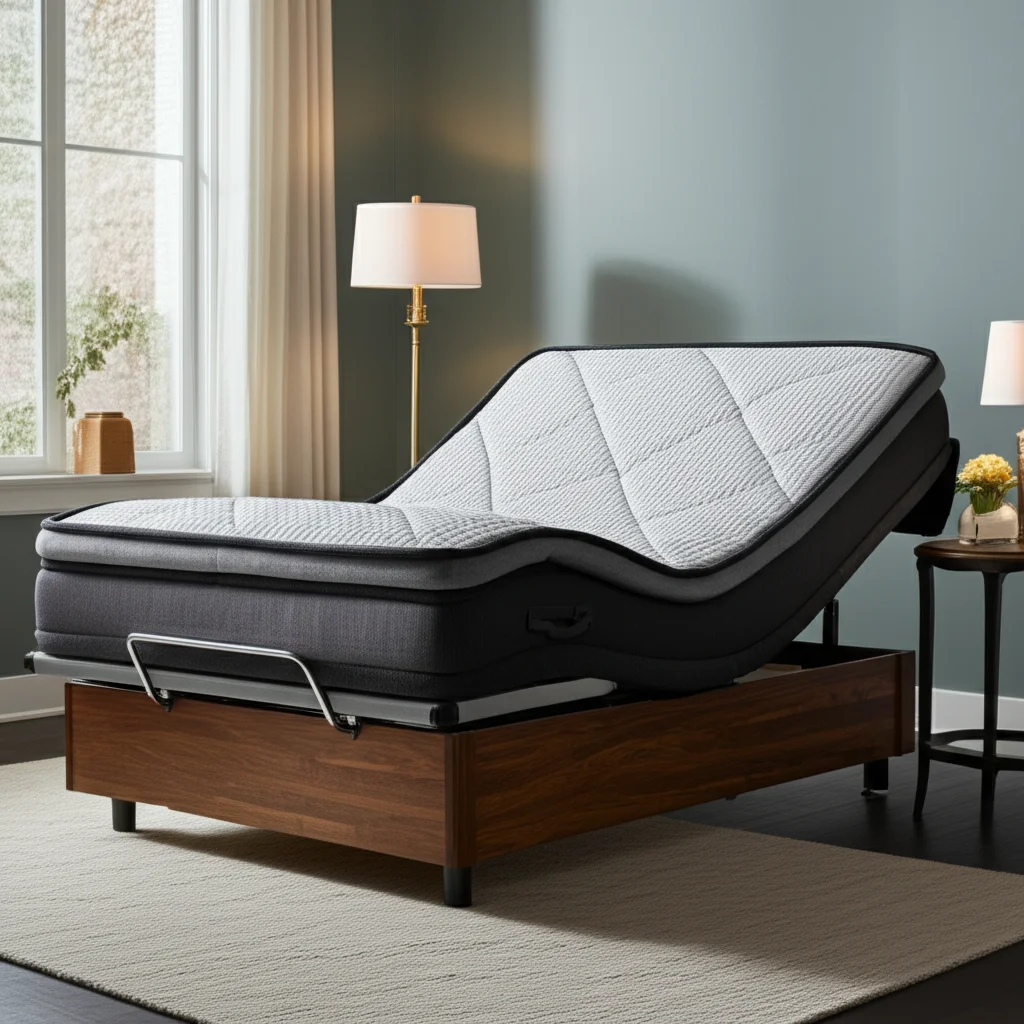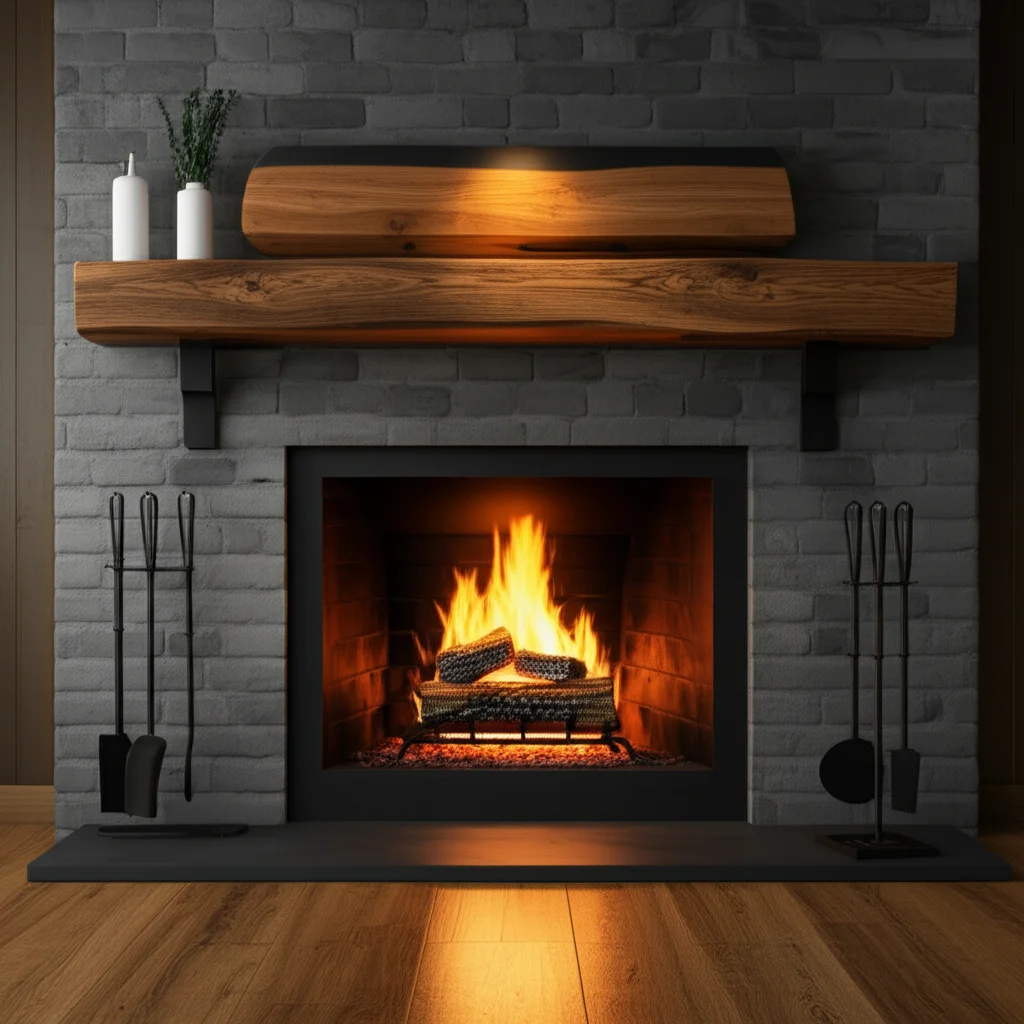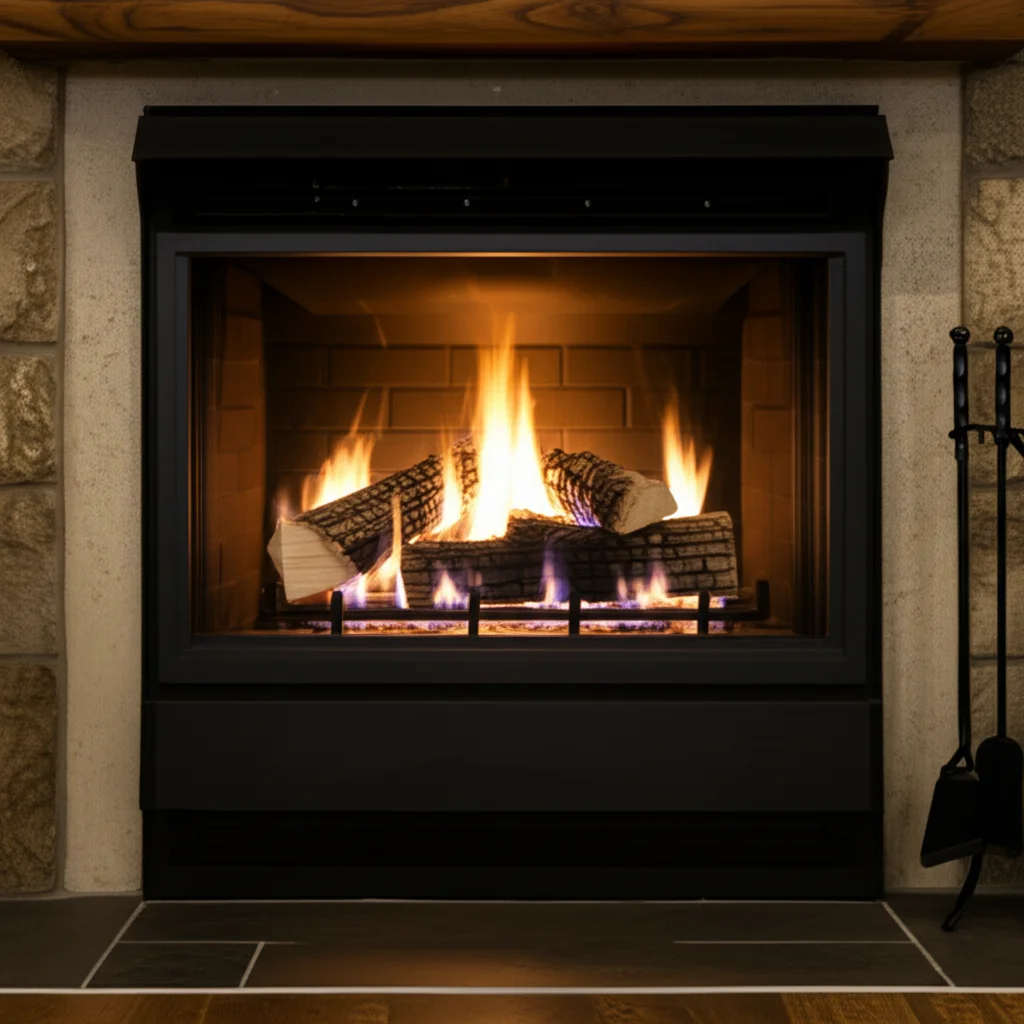· Todd Martin · Home Maintenance · 15 min read
How To Fix An Adjustable Bed

Fix Your Adjustable Bed: Simple Troubleshooting Steps
An adjustable bed can transform your sleep. It offers personalized comfort and support. However, like any mechanical device, an adjustable bed can face issues. You might experience problems with power, the remote, or the motor. This article helps you fix an adjustable bed when it stops working right. We will explore common problems and provide clear, step-by-step solutions. You can troubleshoot and possibly repair your adjustable bed at home. Let’s get your bed back in perfect working order.
Takeaway
- Check power connections and outlets first for immediate fixes.
- Replace remote batteries and re-pair the remote for control issues.
- Look for obstructions around the motor and moving parts.
- Tighten loose hardware to stop noises.
- Consult your user manual for specific model instructions.
- Know when to contact professional service for major problems.
Adjustable beds often stop working due to simple issues. To fix an adjustable bed, you typically check power sources, remote control function, and look for obstructions around the moving parts and motor. Most problems have straightforward solutions. You can handle many repairs yourself with basic steps.
Diagnosing Power Issues with Your Adjustable Bed
When your adjustable bed does not respond, power is the first thing to check. Many issues come from a lack of power flow. A simple power check can save you time and money. It is a good starting point for any repair.
Check the Power Cord and Outlet
Look at your bed’s power cord. Make sure it plugs firmly into the wall outlet. Sometimes, a loose connection stops power flow. Also, check the outlet itself. You can test it by plugging in another device, like a lamp. If the lamp does not turn on, the outlet has no power.
The bed’s power cord can also suffer damage. Look for cuts, frayed wires, or bent prongs. A damaged cord needs replacement for safety. Never use a cord that looks damaged. This could cause electrical hazards.
Reset the Breaker or GFCI
Your bed might share a circuit with other devices. An overloaded circuit can trip a breaker. Go to your home’s electrical panel. Find the tripped breaker and flip it off, then on again. This restores power to the outlet.
If your outlet is near water, it might be a GFCI (Ground Fault Circuit Interrupter) outlet. GFCI outlets have “test” and “reset” buttons. Press the “reset” button firmly. This can restore power to the bed. A tripped GFCI means it detected an electrical issue.
Inspect the Power Supply Box
Adjustable beds have a power supply box. It usually sits under the bed. Find this box and check its connections. Ensure all wires are secure. Some boxes have a reset button. Press this button to clear any internal faults.
Sometimes, the power supply box itself fails. You can often buy a replacement if this happens. Contact your bed’s manufacturer for help finding the right part. This box changes wall power into power for the bed’s motor. A faulty box means no movement.
Solving Adjustable Bed Remote Control Problems
A non-working remote is a common reason for adjustable bed issues. Without the remote, you cannot move the bed. Fixing remote problems is often quick and easy. Most remote issues stem from power or pairing problems.
Replace Batteries and Check Connection
The simplest fix is often new batteries. Remove old batteries and insert fresh ones. Make sure the battery orientation is correct. Incorrect placement prevents the remote from working. Old, weak batteries lose their power over time.
Also, check the battery compartment for corrosion. Clean any corrosion with a cotton swab dipped in rubbing alcohol. Corrosion can stop electrical flow. A clean connection ensures proper power to the remote. A good battery contact is important.
Re-Pair the Remote with the Base
Many adjustable bed remotes need pairing with the bed base. The pairing process varies by brand. Usually, you press a button on the bed’s control box and then a button on the remote. Check your bed’s user manual for exact steps. A quick re-pairing can often solve connectivity issues. This helps the remote communicate with the bed.
If you cannot find your manual, many manufacturers have instructions online. Some beds have a master reset for the remote. Learn how to reset adjustable bed remote for your specific model. This step is crucial for restoring remote function.
Reset Your Remote
Some remotes have a reset feature. This might be a tiny button you press with a paperclip. Other times, you perform a specific button sequence. A remote reset clears its memory. It can fix glitches that prevent normal function. After resetting, you will likely need to re-pair the remote.
If your remote is lost or damaged, you may need a replacement. You might also need to learn how to reset adjustable bed without remote to move the bed. If your remote gets locked, knowing how to unlock remote for adjustable bed can quickly restore control. Always check your manual or the manufacturer’s website for brand-specific instructions on these steps.
Addressing Motor and Mechanism Malfunctions
The motor and mechanical parts are the heart of your adjustable bed. If power and remote checks do not work, look at these components. Problems here can cause grinding noises, jerky movements, or no movement at all. Fixing these parts may need a bit more inspection.
Listen for Motor Sounds
When you press a remote button, listen carefully. Do you hear any sound from the motor? A humming sound with no movement could mean an obstruction. A clicking sound might indicate a gear problem. No sound at all points to a power issue at the motor itself.
If the motor hums but the bed does not move, it might be jammed. If you hear grinding, a gear could be broken or misaligned. These sounds provide clues about the problem. Pay attention to what the bed tells you.
Clear Obstructions Around Moving Parts
Objects can get caught in the bed’s mechanism. Pillows, blankets, or even toys can jam the motor. Carefully inspect underneath the bed. Look for anything blocking the moving parts. Clear away any items you find.
Always unplug the bed before reaching underneath. This prevents accidental movement. Once clear, test the bed again. Sometimes, a simple obstruction is the whole problem. A bed that is stuck might just need an item removed. If your bed needs to move, know how to manually lower adjustable bed safely.
Lubricate Moving Joints
Over time, metal parts can become stiff or squeaky. Some adjustable beds have lubrication points on their moving joints. Check your manual to see if your model allows for this. Use a silicone-based lubricant, not oil. Oil can attract dirt and cause more problems.
Lubrication can reduce friction and noise. It can also help the motor move the bed more smoothly. Only lubricate parts the manufacturer suggests. This maintenance can extend your bed’s life. Fixing common issues on your bed is similar to maintaining other motorized furniture, like learning how to fix a lift chair or how to fix a recliner chair back. The principles of checking for obstructions and smooth movement are alike.
Fixing Noise Issues in Adjustable Beds
An adjustable bed should operate quietly. Squeaks, creaks, or grinding noises can be annoying. These sounds also signal a problem. Addressing noise early can prevent bigger issues. Most noise comes from loose parts or friction.
Tighten Loose Bolts and Connections
The frame of an adjustable bed has many bolts and fasteners. These can loosen over time with use. Go around the entire bed frame. Use a wrench or Allen key to tighten any loose bolts. Do not overtighten, as this can strip threads.
Focus on joints and pivot points. These areas experience the most stress. A loose bolt can cause movement where it should not happen. This movement then creates noise. Tightening hardware is a simple, effective fix. It can also extend the life of your bed frame.
Check for Mattress or Foundation Rubbing
Your mattress might rub against the bed frame or headboard. This can create squeaking sounds. Check the position of your mattress. Ensure it sits correctly on the base. A mattress retainer bar at the foot of the bed helps keep the mattress in place.
Sometimes, the mattress material itself can rub. Placing a thin layer of felt or non-slip material between the mattress and the frame can help. This reduces direct contact and friction. Ensuring your mattress stays put is also important to how to keep mattress from sliding on adjustable base. If your bed frame sounds like a squeaky metal bed frame, the solution may involve tightening and checking connections. Understanding how to fix squeaky metal bed frame can apply.
Level the Bed Base
An uneven bed base can cause stress points and noise. Use a spirit level to check if your bed is level. Adjust the bed legs if needed. Many adjustable beds have adjustable feet or leveling glides. Ensure all legs make firm contact with the floor.
An unlevel bed can put uneven pressure on the frame. This leads to creaks and groans when the bed moves. Proper leveling helps distribute weight evenly. This reduces strain on the motors and frame components. A level bed performs better and lasts longer.
Troubleshooting Sync Problems with Split King Beds
Split king adjustable beds offer independent movement for each side. This allows partners to customize their sleep positions. Sometimes, the two sides may lose synchronization. This means one side moves, but the other does not, or they move differently. Fixing this usually involves re-pairing the bases.
Re-Pair Both Sides Together
Split king beds often require pairing both bases to a single remote, or syncing them to move together. This process typically involves a sequence of button presses on each base and the remote. Start by consulting your bed’s manual for specific instructions on how to sync. It might involve holding a “sync” button on the bed’s control box or on the remote.
Make sure both bases are powered on and connected. Place the remote within close range of both bases during the syncing process. A successful sync ensures that common commands, like “flat” or “zero gravity,” move both sides together. For detailed steps, learning how to sync split king adjustable bed is very helpful.
Check for Interruption Signals
Other wireless devices can sometimes interfere with the bed’s remote signal. Cordless phones, Wi-Fi routers, or smart home hubs near the bed can cause issues. Try turning off nearby electronics temporarily during the syncing process. This helps rule out signal interference.
If the problem persists, move the bed slightly or adjust the position of the control box. A clear line of sight between the remote and the bed’s receiver can improve connectivity. This step ensures a strong and consistent signal. Interference can cause unreliable movement.
Handling Bed Stuck in Position
It is frustrating when your adjustable bed gets stuck. The bed might stop moving in the middle of an adjustment. Or it might refuse to move from a specific position. This problem can stem from various issues, from power glitches to mechanical jams. You can often resolve it with a few simple steps.
Perform a Manual Lowering
Most adjustable beds have a manual override function. This allows you to lower the bed flat in case of a power outage or motor failure. Look for a release strap or lever under the bed frame. Your owner’s manual will show you the exact location and method. Using the manual override can help reset the bed. It might clear a minor jam.
Some models require turning a crank or pushing a specific mechanism. Always follow the manufacturer’s instructions for manual lowering. This prevents damage to the bed’s components. Knowing how to manually lower adjustable bed is a crucial skill for any adjustable bed owner.
Power Cycle the Bed
A power cycle can fix many electronic glitches. Unplug the adjustable bed from the wall outlet. Wait for about 30 seconds to a minute. Then, plug it back in. This completely resets the bed’s internal computer system. It can clear temporary errors.
Think of it like restarting a computer. Sometimes, a quick reset is all it takes to get things working again. This step should be done after checking basic power connections. Power cycling can resolve communication issues between the remote and the base.
Look for Bent or Damaged Frame Parts
Sometimes, a physical problem stops the bed. Inspect the bed frame, particularly the joints and hinges. Look for any bent metal, broken welds, or misaligned parts. If a part is bent, it might be jamming the movement. A damaged frame part needs professional attention.
Do not try to bend metal parts back into shape yourself, as this can weaken the frame. Take photos of any damage to show to customer service. This detailed inspection can reveal a structural issue. Such problems often require replacement parts or professional repair.
When to Seek Professional Adjustable Bed Repair
While many issues are fixable at home, some problems need expert help. Knowing when to call a professional saves you time and prevents further damage. Do not attempt repairs that involve complex electrical wiring or major structural components. This can be dangerous and may void your warranty.
Understanding Your Warranty
Before calling for service, check your bed’s warranty. Most adjustable beds come with a limited warranty covering parts and labor. Review what your warranty covers and for how long. Performing DIY repairs that are not approved might void your warranty. Contact the manufacturer first if your bed is still under warranty. They can guide you on approved service options.
Keep your purchase receipt and model number handy. This information helps the manufacturer quickly assist you. A valid warranty means you might get repairs done at no cost. This provides peace of mind.
Identifying Major Electrical or Structural Damage
If you suspect major electrical problems, like burning smells or visible sparks, stop using the bed immediately. Unplug it and call an electrician or the manufacturer. Do not try to fix electrical issues yourself. This is a significant safety risk.
Similarly, if the bed frame has severe bends, cracks, or broken welds, it needs professional attention. Structural damage can compromise the bed’s stability and safety. These issues are often beyond simple DIY fixes. Attempting to fix structural damage can make the bed unsafe.
Contacting Manufacturer Support
Your bed’s manufacturer is the best resource for complex problems. They have specialized knowledge of their products. They can provide specific troubleshooting steps. They can also arrange for professional service or send replacement parts. Have your bed’s model number and serial number ready when you call.
Many manufacturers offer online support, FAQs, and video tutorials. Check their website before making a call. Describe the problem clearly and mention any steps you have already taken. This helps them diagnose the issue faster. They can provide brand-specific solutions.
Frequently Asked Questions About Adjustable Bed Repair
Why is my adjustable bed not responding to the remote?
Check the remote batteries first. Replace them with fresh ones. Next, try re-pairing the remote with the bed base. The specific pairing steps are in your user manual. Ensure no objects block the signal path between the remote and the bed. A quick power cycle of the bed might also resolve communication glitches.
What should I do if my adjustable bed motor hums but does not move?
A humming motor suggests it is getting power but something prevents movement. Unplug the bed immediately. Carefully inspect underneath for any obstructions like blankets, cords, or pets. Remove anything caught in the mechanism. Plug the bed back in and test it. If the humming continues without movement, the motor itself might have failed.
How can I manually lower my adjustable bed during a power outage?
Many adjustable beds have a manual lowering feature. This typically involves a strap or lever under the bed frame. Locate this mechanism in your owner’s manual. Pulling the strap or operating the lever releases the bed’s locking mechanism, allowing you to gently push the bed flat. Always follow your specific model’s instructions.
Why is my adjustable bed making loud noises when it moves?
Noises often come from loose connections or friction. Start by tightening all bolts and fasteners on the bed frame. Ensure they are snug but not overtightened. Check if your mattress or bedding rubs against the frame. Apply a silicone-based lubricant to visible pivot points if your manual suggests it. Also, verify the bed is level on the floor.
Can I replace adjustable bed parts myself?
You can replace simple parts like power cords or remote batteries. Some manufacturers offer replacement motors or control boxes for purchase. However, replacing major electrical or mechanical components often requires technical knowledge. Consult your bed’s warranty and the manufacturer’s guidelines first. Incorrect repairs can void warranties or cause further damage.
Conclusion
Fixing an adjustable bed often involves simple troubleshooting steps. We covered common issues from power loss to remote problems, motor malfunctions, and noise concerns. By systematically checking your bed’s power, remote, and mechanical parts, you can resolve many issues yourself. Remember to always prioritize safety. Unplug the bed before inspecting or working on its components.
If you cannot fix an adjustable bed using these methods, professional help might be needed. Check your warranty and contact the manufacturer for support. Regular inspections and proper use will help keep your bed working well. Enjoy the comfort and benefits your adjustable bed brings. A well-maintained bed provides many years of restful sleep.
- adjustable bed repair
- bed troubleshooting
- motorized bed fix
- remote control issues
- bed frame repair




